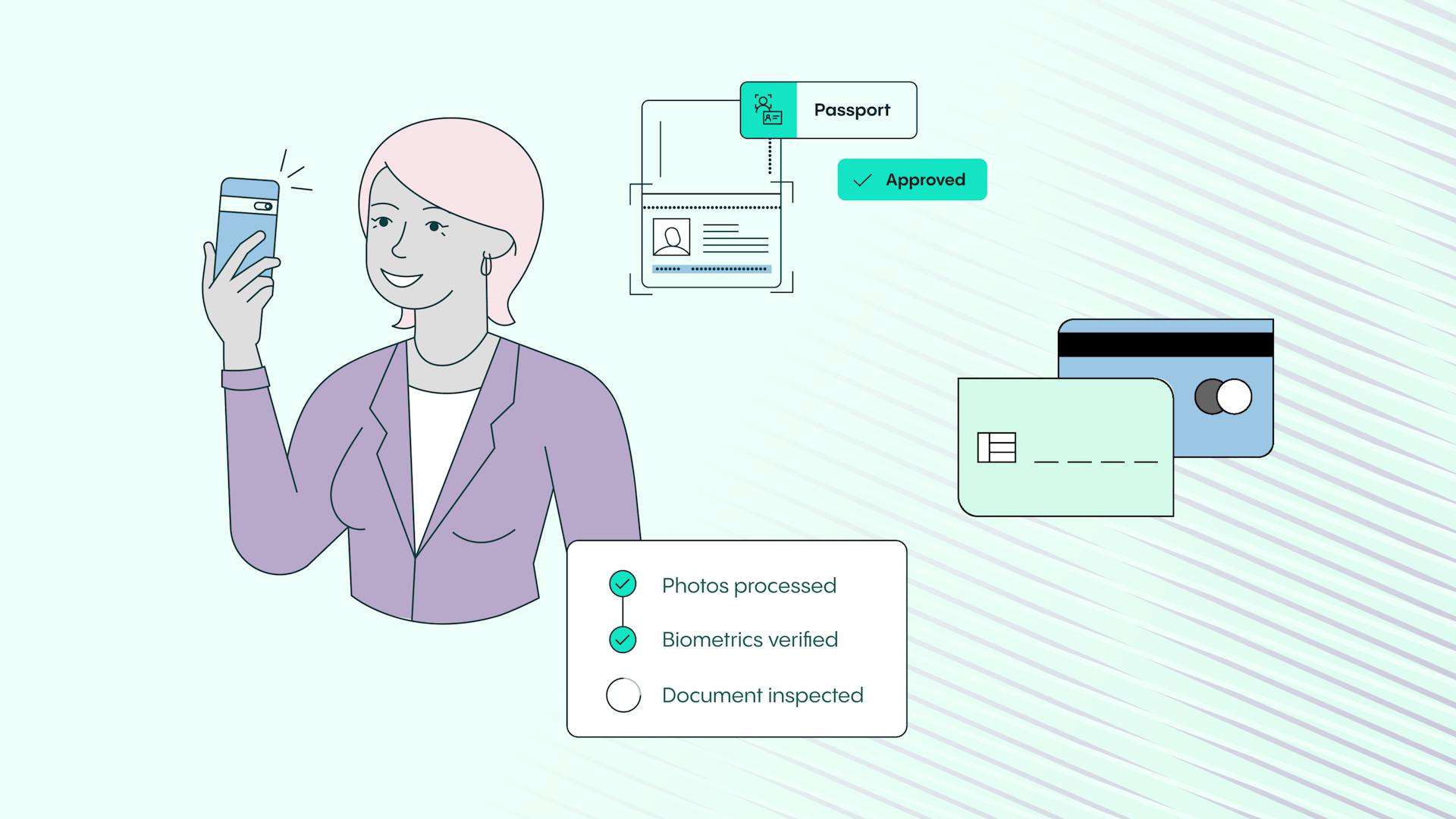Webinar round-up: The future of fraud prevention
With the help of three experts, we look at how digital fraud is evolving and what can be done in terms of tooling to more powerfully protect businesses.


Chris Hooper
Veriff’s most recent Identity Fraud Report showed a 20% rise in fraud year on year between 2022 and 2023 – a stat that won’t come as a surprise to most people. “This not only underscores the need for advanced security measures, but for innovative ones and ones that get us ahead of the curve,” says Abe Post-Hyatt, Manager, Strategic Revenue, Veriff. “Any fraudster that you encounter is likely to be a pretty intelligent person, and this means that the tooling today needs to account for that.”
“The world has pivoted,” adds Dana C Endicott, Senior Vice President, Vantage Recreational Finance. “Everybody's doing everything online and everything is collected electronically. There's no human that you're looking in the eyes of, and this means that it’s trickier to confirm that who you're working with is who they say they are.”
“We all know that there are software programs that can make it very easy to fake documents that are required in a lending process,” Dana continues. “And we’ve had to come up with ways to verify the identity of the person at the other end of the transaction.
“But what’s remarkable is the impact of just telling these people that they have to go through a verification process – suddenly they disappear. Instead, they're going to look for a company that is not as technologically forward. Just the threat of being held accountable sometimes is enough to mitigate an attack.”
“Biometrics are definitely the future. It’s a way for us to stop fraudsters in their tracks."
The biometric boom
The same Fraud Report told us that 40% of respondents see biometrics as the current most secure identity verification method. “I think that the mindset around this space has changed pretty recently and rapidly,” says Abe.
“Just a few years ago, people saw it as a lot less accurate and also a lot scarier. But now we have a whole host of biometric methods available – such as facial recognition, voice recognition and fingerprinting. And even within facial recognition, you have different tiers and ways to use that technology – like liveness checks and face matches. They all have respective advantages, but the one common theme is that they're fast, they're easy, and they're secure. This is what makes them the future of fraud prevention.”
“Biometrics are definitely the future,” agrees Geo Jolly, Lead Product Manager, Veriff. “It’s a way for us to stop fraudsters in their tracks. They are getting really good at faking documentation – they’re even starting to successfully create some of the holograms that are used in government documents – but you can't fake your face.”
Geo explains that biometric scans confirm that what they are dealing with is a live person, that it’s not an AI image, and that it matches the documentation being scanned at various checkpoints. “This has absolutely changed the game,” he says. “It scares off the new guys, and it stops the ones that just want to give it a go to see if they can get through. “It protects our company and our customers,” he continues, “and also protects the people that are engaged in a transaction.”
We all sleep better at night because we know the Veriff team is working hard to get ahead of that next generation – so addressing the likes of deepfakes and what’s happening in AI so we don’t have to think about it.
Providing competitive advantages
Dana explains that Vantage Recreational Finance was the first to market with Veriff’s biometric solution. “It was seamless for our team to deploy, and it protects our company,” she said. “I use this phrase a lot, but I truly believe it’s the cheapest insurance policy you can have to protect your business against wrongdoers. We all sleep better at night because we know the Veriff team is working hard to get ahead of that next generation – so addressing the likes of deepfakes and what’s happening in AI so we don’t have to think about it.
“We’re very vocal proponents of protecting our industry and share lots about our experiences with our peers, especially other lenders. Because if we don't collectively work together, the whole industry will suffer – in fact, all businesses will suffer.”
Watch webinar
Want to see the complete webinar? Sign up and get full access.
Learn more
Get the latest from Veriff. Subscribe to our newsletter.
Veriff will only use the information you provide to share blog updates.
You can unsubscribe at any time. Read our privacy terms



